Trading with Pivot Points Definition & How To Calculate?
In cases where market price activity continues to move beyond S4 or R4 pivot zones, traders might instead opt to implement a “stop and reverse” strategy. In other words, prior long positions can be closed so that new short positions can be established. Similarly, prior short positions can be closed in cases where new long positions should be established for the same financial market asset.
Understanding how to calculate pivot points is crucial, but it’s just part of the equation. You also need to know how to interpret this data in the context of your trading strategy. The pivot point gives you a central line—a point of equilibrium in the market. Knowing where the market might turn can help you set your stop losses and take profits effectively. A good pivot point helps you see what the potential trend is and gives you a base line to plot support levels and resistance. The biggest drawback of almost all technical indicators, including pivot points, is the fact that they only use previous price action that happened during previous periods to extrapolate data.
Fibonacci pivot points
There are a few ways that traders use these key levels – some use them to confirm trends. If the price points have not yet tested resistance while in an upward trend, then there is still room for the price to increase. As with most technical indicators, the assumption is that the market moves in cycles and that previous patterns or performances are repeated. If you can recognise those signs, or “signals” (which is the official term used in trading) then you can act accordingly. triangle pattern forex If it looks like the market is potentially reversing in a down trend, you can open a short position. If the signal is showing a potential bull trend, then you would open a long position.
- Their combination helps you get a more comprehensive market view and enhances the chances of successful trades.
- For example, during quiet markets, range trading might be the go-to strategy, while breakouts are more effective during periods of high volatility.
- One of the biggest mistakes traders make is using pivot points in isolation.
- Therefore, traders need to be adaptable and consider various factors when identifying potential pivot points.
The Formula for Pivot Points
They provide the tightest and most significant areas for intraday setups to form. The other minor pivots (S2, S3, R2, R3) are usually too wide from the how much money can i make in real estate crowdfunding main pivot for most intraday purposes. Pivot points are traded by looking for bounces and breakouts from key levels.
So you’re diving into the stock market, and you’ve heard the term “pivot point” thrown around. Simply put, it’s a technical analysis tool that traders use to find potential support and resistance levels. Listen, I’ve been in this game for years, and pivot points are a staple in my trading plan.
Table of contents
Intraday traders prefer pivot points because they provide significant potential support and resistance levels throughout the day. Having key levels identified ahead of time allows intraday traders to plan ahead, set alerts, and be ready to react swiftly to price-reaching pivots. They offer clear price targets for entries and stops for active intraday setups and reversals.
Demark Pivot Points were designed by a well-respected technical analyst and trader, Tom DeMark, who has been famous for his innovative technical analyst trading techniques for decades. Demark’s Pivot Points help traders identify potential support and resistance levels by using past price data. Pivot points are calculated through a five-point system, in which the previous day’s high, low, and close prices, along with two support and two resistance levels, derive a pivot point.
Calculated from the average of the high, low, and closing prices, PPs provide a structured way to identify market trends. The other support and resistance levels are less influential, but may still generate significant price movements. Market dynamics coinspot review can change rapidly due to various factors, including diluted shares.
- Adopting a “less is more” philosophy, he focuses on weekly charts with an emphasis on price and volume.
- For the second resistance level, take the difference between the day’s high low and add that to the base pivot point value.
- So in most cases, pivot points are used to plot support and resistance points, where stops can be placed or some even set them at the upper resistance level and lower support levels.
- The pivot point itself is an average of the high, low, and close prices from the previous trading day.
Key Insights On Swing Trading Success Rate
Ever struggled to make sense of market trends or spot crucial price levels when the market feels like a rollercoaster? These trusted tools give traders a clear roadmap by pinpointing potential support and resistance levels. Pivot point can be a powerful technical analysis indicator, but it’s always wise to confirm pivot point signals, with other indicators.
The pivot point serves as a reference line, helping you gauge the market’s direction. Determining the general market trend is one of the recipes for success, especially in intraday trading. It’s a technical analysis chart tool through which you can make intelligent trading decisions to boost profits and minimise loss. While pivot points are widely used and can be effective, they do have limitations.
Fibonacci Pivot Points
Finally, the second 2 (argument k) tells Excel that the percentages should be relative to the overall data. The unpopulated commas tell Excel you want it to adopt the default for arguments e, f, h, i, and j. One way to make the PIVOTBY result in the previous example clearer would be to add subtotal rows for each sport. Without the optional arguments, Excel also sorts the result into alphabetical or ascending order by argument a, and doesn’t include column headers for argument a.
This blog post will delve into the concept of pivot points, their history, and how to identify and use them effectively in your trading strategy. Strike offers a free trial along with a subscription to help traders and investors make better decisions in the stock market. However, there is no assurance that the price will actually stop at, reverse at, or even reach the levels shown on the chart. Sometimes the price will move up and down through a pivot point multiple times. Other traders sometimes find pivot points have little predictive value and do not find them useful. The levels become self-fulfilling prophecies if too many traders watch the same points.
When the volume decreases as the price gets really tight, it indicates that there are no sellers left to drive the price down. This lack of selling pressure can create a conducive environment for a price breakout. These basing structures are crucial as they often precede significant price moves. Standard Pivot Points are also referred to as Classical Pivot Points or Floor Pivots, and these two trading terms are often used in interchangeable ways.

